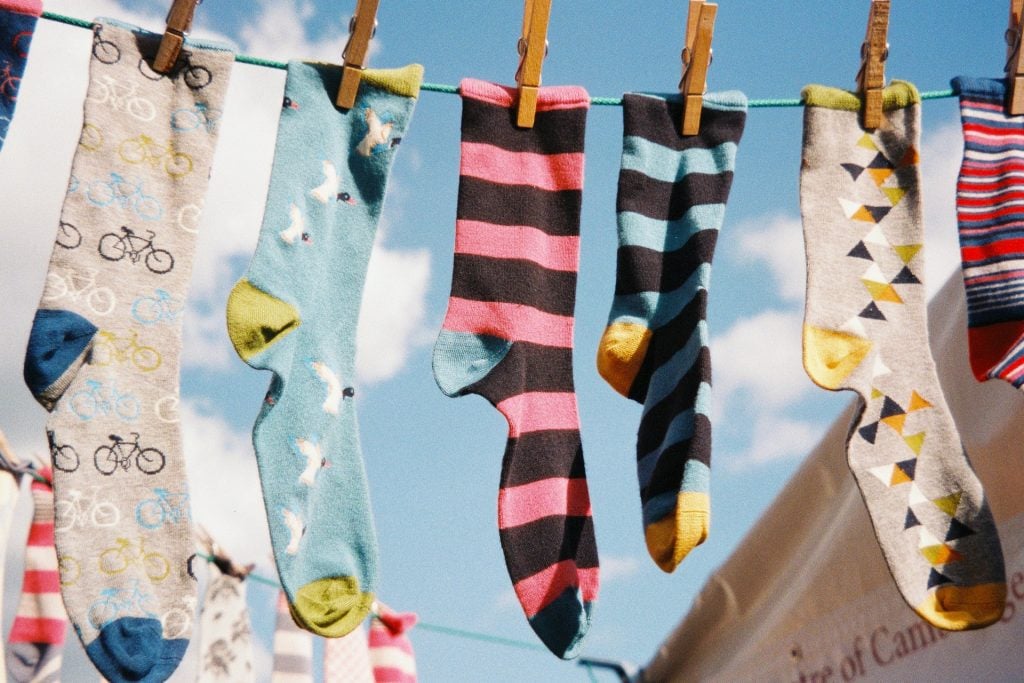Proper athletic apparel plays a pivotal role in enhancing both comfort and performance during physical activities. The right attire isn't just about style; it significantly impacts an athlete's performance. Comfortable, well-fitting sportswear allows for unrestricted movement, reduces chafing, and regulates body temperature, ensuring optimal comfort.
Moreover, the performance of an athlete can be elevated by attire tailored for specific activities, offering support, flexibility, and breathability where needed. Recognizing the significance of suitable athletic apparel isn't just about looking good—it's about unlocking one's full potential during workouts, training sessions, and competitions.
Understanding Athletic Apparel
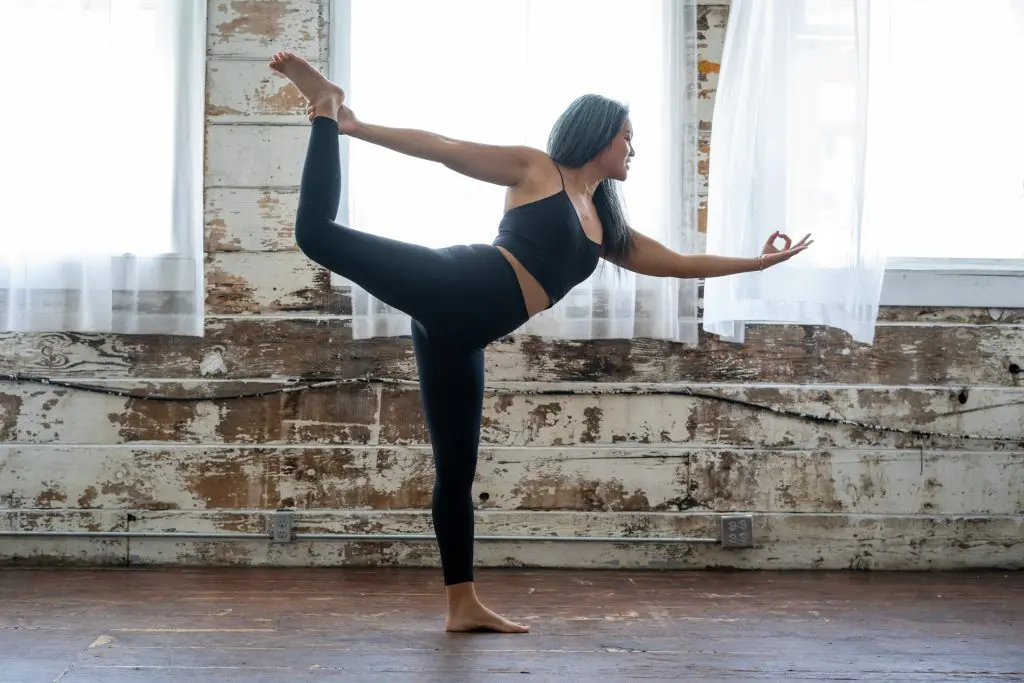
Athletic apparel constitutes specialized clothing and gear designed to support and optimize performance during physical activities and sports. Its purpose transcends fashion, focusing primarily on functionality and performance enhancement. From moisture-wicking fabrics to breathable materials and innovative designs, athletic wear prioritizes comfort and functionality.
The significance of proper attire varies across different sports and activities. In running, for instance, lightweight and moisture-wicking clothing helps manage sweat, preventing discomfort and potential chafing. Contrastingly, in contact sports like football or rugby, padded and durable attire becomes imperative to mitigate impact and injury.
Proper athletic apparel also aids in maintaining body temperature during workouts or competitions. In colder climates, insulating layers retain heat, whereas in hot conditions, breathable and moisture-wicking fabrics facilitate cooling by allowing sweat evaporation.
Moreover, specialized gear tailored to specific activities enhances performance. For instance, compression wear improves blood circulation and reduces muscle fatigue, benefitting endurance sports like cycling or long-distance running. Footwear plays a crucial role too; running shoes offer cushioning and support, while cleats provide traction in sports like soccer or baseball.
Beyond functionality, athletic apparel instills a sense of confidence and psychological comfort. When athletes feel good in what they wear, it can positively impact their mindset and overall performance.
In essence, athletic apparel isn't merely about fashion; it's a science-backed necessity tailored to meet the demands of diverse sports and physical activities. Understanding its purpose and selecting the right attire tailored to specific needs and conditions is fundamental to enhancing comfort, preventing injuries, and optimizing performance in sports and fitness pursuits.
Factors Influencing Athletic Apparel Selection
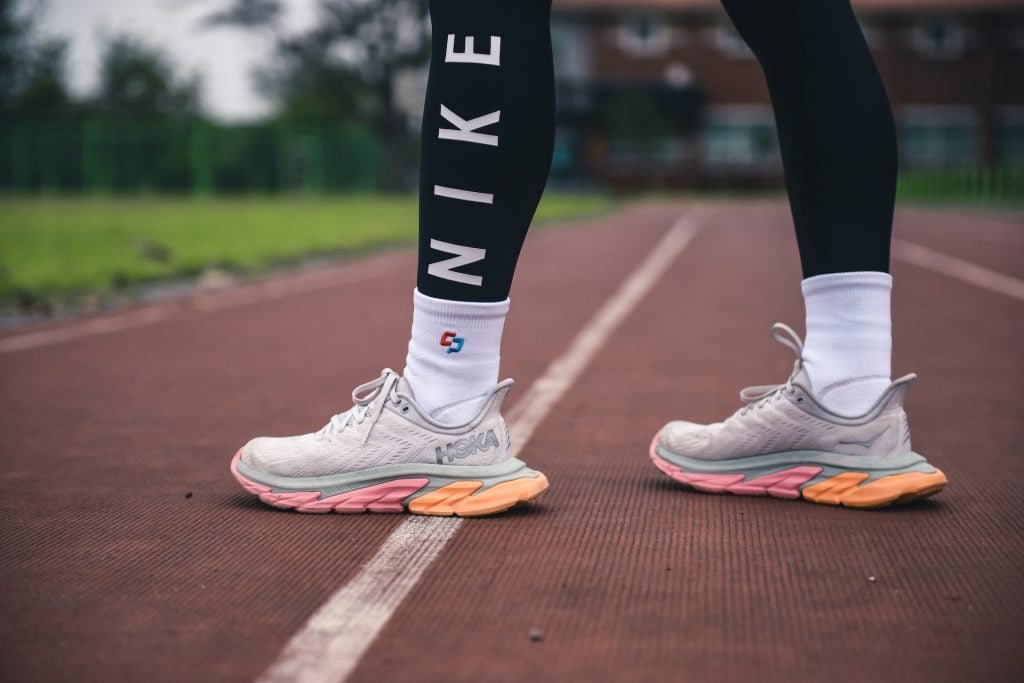
Athletic apparel selection hinges on several critical factors, each playing a vital role in enhancing performance and comfort.
Fabric and Material
The choice of fabric and material in athletic wear holds paramount importance. Moisture-wicking fabrics draw sweat away from the body, aiding in quick evaporation and keeping athletes dry. Breathable materials ensure adequate airflow, preventing overheating during intense workouts. Moreover, durability is key, as sturdy fabrics withstand rigorous use, maintaining their quality over time. A blend of polyester, spandex, and nylon often offers the ideal combination of moisture-wicking properties, breathability, and resilience, catering to the demands of various sports and activities.
Fit and Comfort
The significance of proper fit in athletic apparel cannot be overstated. Ill-fitting attire can impede movement, causing discomfort and hindering performance. The right fit ensures freedom of motion, allowing athletes to perform optimally without restrictions. Moreover, well-fitted clothing prevents chafing and irritation, contributing to a comfortable experience throughout the activity. From compression wear that provides support to relaxed-fit garments for ease of movement, selecting attire that fits well is instrumental in achieving peak performance.
Functionality and Features
Athletic apparel often incorporates additional features to elevate its functionality. Garments with strategically placed pockets offer convenience for carrying essentials like keys or phones during workouts. Reflective elements enhance visibility, promoting safety during low-light conditions for outdoor activities. Some apparel includes UV protection for outdoor sports, shielding athletes from harmful sun exposure. These added features contribute to the overall utility and versatility of athletic wear, catering to the diverse needs of athletes across different sports and environments.
In conclusion, the selection of athletic apparel is a multifaceted process that considers various factors. The right combination of moisture-wicking, breathable, and durable fabrics, coupled with a proper fit, ensures comfort and unrestricted movement. Additionally, the incorporation of functional features enhances the practicality and utility of athletic wear, catering to the specific requirements of athletes, ultimately contributing to an improved and more enjoyable performance.
Types of Athletic Apparel

Tops
Athletic tops come in diverse styles, catering to different activities. Shirts offer versatility and come in varying sleeve lengths, providing options suitable for different weather conditions. Tanks provide freedom of movement, ideal for intense workouts or hot climates. Compression wear offers muscle support, aiding in recovery and performance enhancement through improved blood circulation.
Bottoms
Bottom wear options encompass shorts, leggings, and sweatpants. Shorts offer breathability and freedom of movement, suitable for activities like running or gym workouts. Leggings provide compression and warmth, perfect for colder climates or activities like yoga and cycling. Sweatpants offer comfort and insulation during warm-ups or low-intensity exercises.
Footwear
Proper footwear is crucial for optimal performance and injury prevention. Running shoes with cushioning and support are essential for runners, while cross-training shoes offer versatility for various workouts. Cleats provide traction and stability for sports like soccer or football, enhancing agility and performance. Specialized shoes for activities like hiking or basketball cater to specific needs, ensuring comfort and functionality.
Accessories
Accessories complement athletic attire, enhancing comfort and performance. Socks with moisture-wicking properties prevent blisters and keep feet dry during workouts. Headbands help manage sweat and keep hair off the face during intense activities. Other accessories like gloves, wristbands, and hats offer protection and convenience, completing the athletic ensemble and catering to individual preferences.
Selecting the appropriate type of athletic apparel is pivotal in optimizing performance, ensuring comfort, and minimizing the risk of injuries. Understanding the functionalities and specific features of each category allows athletes to choose attire tailored to their activities, preferences, and environmental conditions. Whether it's the right top for breathability, suitable bottoms for flexibility, proper footwear for support, or accessories for added comfort, each element contributes to a well-rounded athletic experience.
Choosing the Right Athletic Apparel for Different Activities
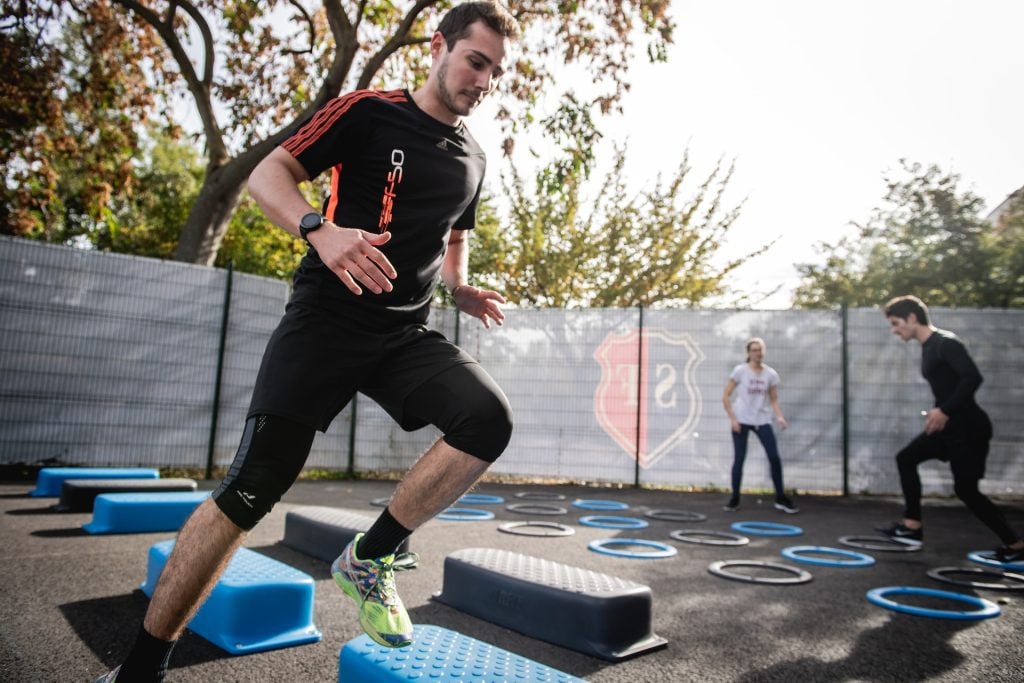
Running and Cardio Workouts
For running and high-intensity cardio, opt for moisture-wicking tops and bottoms that offer breathability and freedom of movement. Consider lightweight and quick-drying fabrics to manage sweat effectively. Compression wear aids in muscle support and recovery, while proper running shoes with cushioning and support are vital for comfort and injury prevention.
Weight Training and Gym Workouts
For weightlifting and gym sessions, prioritize attire that allows unrestricted movement. Choose moisture-wicking tops paired with comfortable and flexible bottoms, like shorts or leggings, ensuring ease during squats, lunges, and other exercises. Avoid loose clothing that might interfere with equipment or impede movement.
Yoga and Pilates
Yoga and Pilates demand flexibility and ease of movement. Opt for form-fitting yet stretchable tops and bottoms that don't restrict motion. Consider leggings or yoga pants made from breathable materials, allowing you to move comfortably through various poses. Additionally, tops with built-in support or flexibility around the waist are ideal for these activities.
Selecting the right athletic apparel tailored to specific activities is crucial for performance and comfort. Understanding the unique requirements of each exercise regimen ensures that athletes and fitness enthusiasts can maximize their potential, prevent discomfort, and fully focus on their workouts. Whether it's the flexibility needed for yoga, the support required for weightlifting, or the breathability crucial for running, the appropriate apparel makes a significant difference in the overall exercise experience.
Tips for Finding the Perfect Fit Activewear
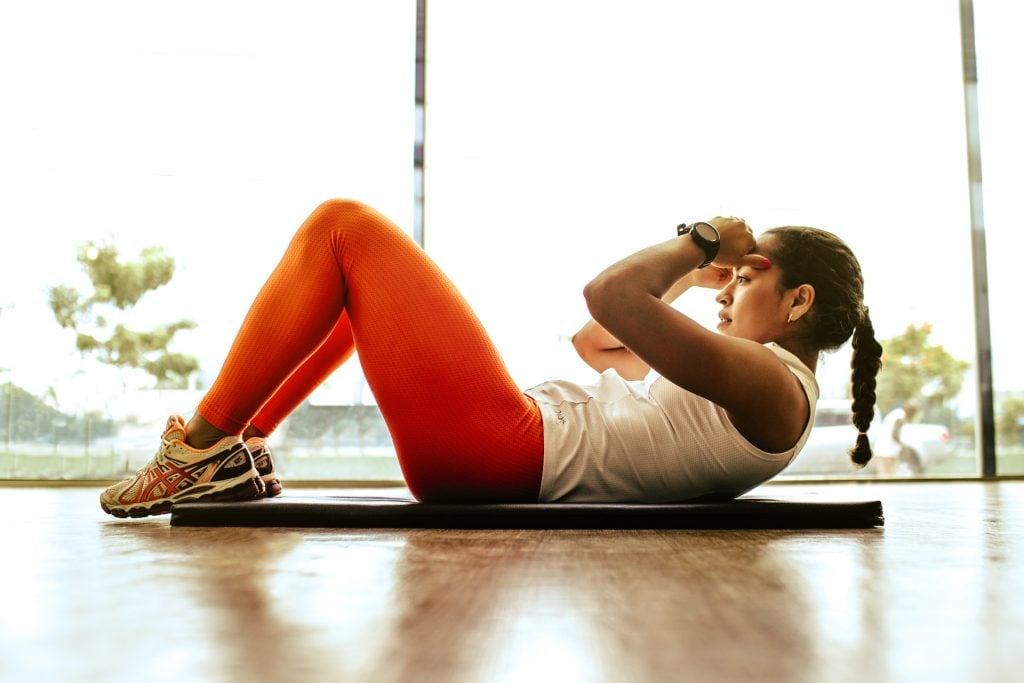
Selecting the right size and fit for athletic apparel is pivotal for comfort and performance. Consider these guidelines when making your choices:
Know your measurements
Take accurate measurements of your chest, waist, hips, and inseam to compare against size charts provided by brands. Sizing can vary across different manufacturers.
Consider the activity
Determine the type of movement required for your activity. For high-intensity workouts, consider more form-fitting clothing to prevent interference, while activities like yoga may call for more flexibility and room.
Try before purchasing
If possible, try on the apparel before buying. Move around to ensure freedom of movement and comfort. Pay attention to how the clothing feels against your skin and if it allows for a full range of motion.
Check for proper fit
Ensure tops don't ride up or feel too tight around the shoulders. Bottoms should offer flexibility without being overly loose or restrictive.
Read reviews and recommendations
Look for feedback from other athletes or customers regarding sizing and fit, as this can provide valuable insights into how a particular brand or style runs in terms of sizing.
By considering these tips and paying attention to how athletic apparel fits your body, you can make informed choices that prioritize both comfort and performance during workouts and activities.
Conclusion
Choosing appropriate athletic apparel, considering factors like fabric, fit, and functionality, is pivotal for optimizing comfort and performance during workouts. Each aspect, from moisture-wicking fabrics to proper fitting attire, plays a vital role in ensuring athletes can move freely and comfortably.
By acknowledging these essential elements and selecting attire that suits individual preferences and activities, athletes can elevate their exercise experience. The right apparel isn't just about style—it's a catalyst for improved performance, injury prevention, and overall enjoyment in pursuing fitness goals.



